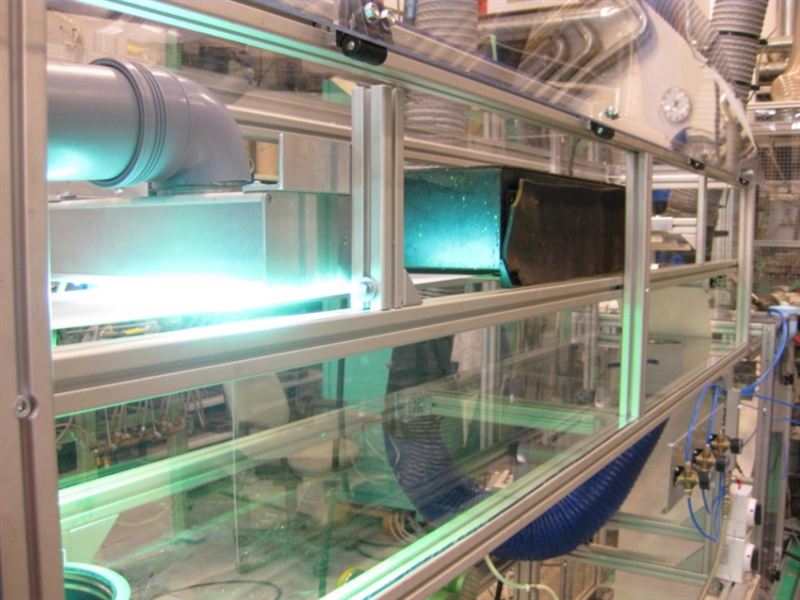Polymer hybrid thin-film composites for food packaging and membrane filters
Juha Nikkola M.Sc.(Tech.), Senior Scientist at VTT Technical Research Centre of Finland, developed new hybrid materials in his doctoral research project for use in the manufacture and modification of thin-film composites. The project resulted in new materials suitable for instance for food packaging with enhanced diffusion barrier and for membrane filters with improved anti-fouling properties used in water purification. In the future, similar materials may find use in flexible OLED displays and in wall and ceiling panels.
The doctoral research project involved developing surface materials that decrease bacterial adhesion to the surface. Improved surface materials can help keep membrane filters or wall surfaces clean or improve the preservation of food.
Food spoilage can be delayed with a new type of cardboard package coated with a plastic incorporating the thin-film composite structure developed in the present project. Such diffusion barrier materials may also find use in flexible OLED displays in the electronics industry or in replacing thickly layered paint on wall and ceiling panels.
The doctoral research project involved studying and developing flexible thin-film composites using various coating techniques and studying the impact of the surface layer on the permeability and anti-fouling properties of the thin-film composite. The hybrid materials developed can be produced in roll-to-roll processing. The research focused on atmospheric plasma deposition, atomic layer deposition (ALD) and sol-gel deposition techniques.
What are hybrid materials?
A hybrid material is simply a combination of two materials at the macro, micro or nano level. Hybrid material is typically a blend, multilayer or nanostructured material. For instance, multilayer structures manufactured using thin-film deposition techniques can be named as hybrid materials.
Thin-film composites usually consist of three layers with different functions. The support and core layers provide the mechanical properties such as strength and flexibility. The core layer may also have properties affecting the chemical durability, permeability or composition of the composite. The properties required of the skin layer may have to do with separation efficiency, diffusion barrier performance, roughness, surface energy or liquid or gas permeability.
Juha Nikkola will defend his doctoral dissertation at the Tampere University of Technology on 31 October 2014 at 12.00.
The thesis is available online at Polymer hybrid thin-film composites with tailored permeability and anti-fouling performance: http://www.vtt.fi/inf/pdf/science/2014/S66.pdf
Further information:
VTT Technical Research Centre of Finland
Juha Nikkola M.Sc.(Tech.), Senior Scientist
tel. +358 405358169, juha.nikkola@vtt.fi
FIGURE 1
A cross-section of a thin-film composite characterised with a scanning electron microscope (SEM).

FIGURE 2
Thin-film composites can be manufactured using a roll-to-roll process. The photo shows the VTT coating production line.
Further information on VTT:
Olli Ernvall
Senior Vice President, Communications
358 20 722 6747
olli.ernvall@vtt.fi
www.vtt.fi
VTT Technical Research Centre of Finland
VTT is a leading multitechnological applied research organization in Northern Europe. VTT creates new technology and science-based innovations in co-operation with domestic and foreign partners. Every third Finnish technology innovation contains VTT expertise. VTT’s turnover is EUR 310 million and its personnel totals 2,900.
Tags:



